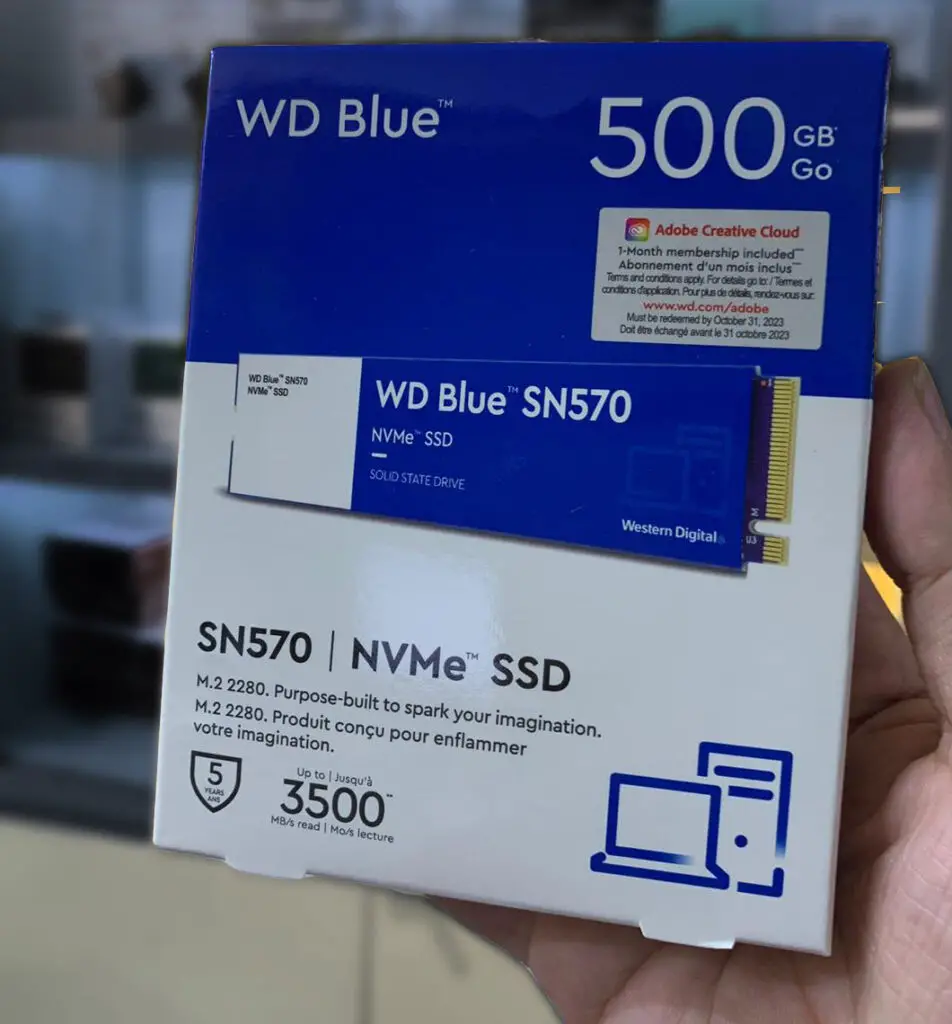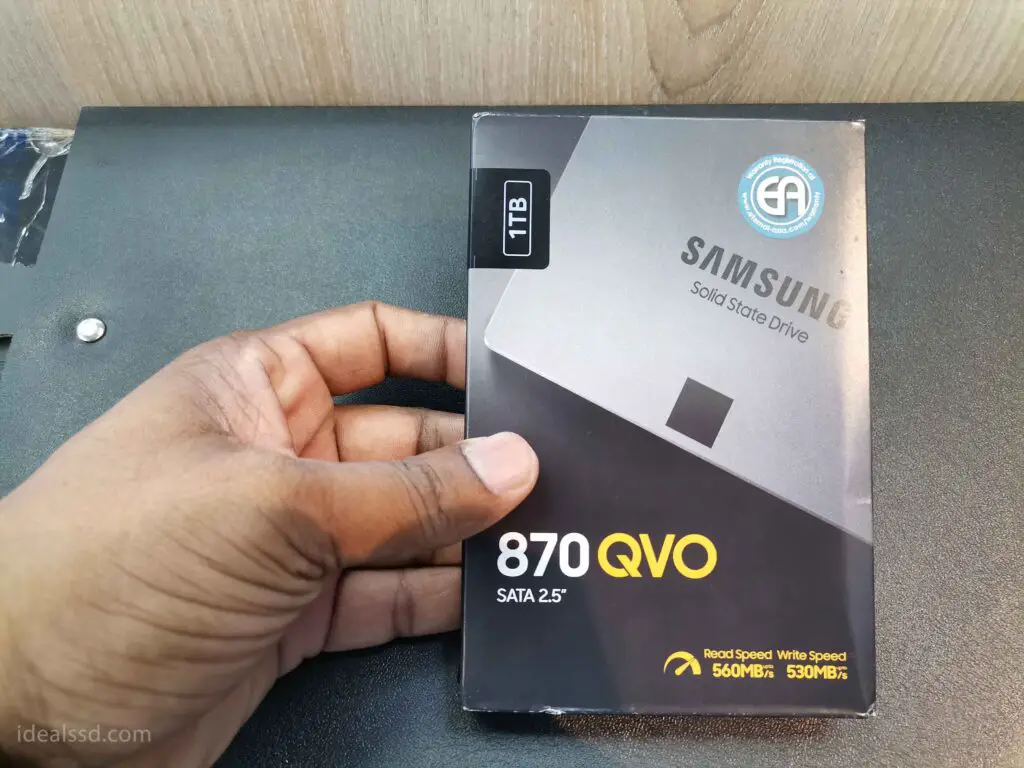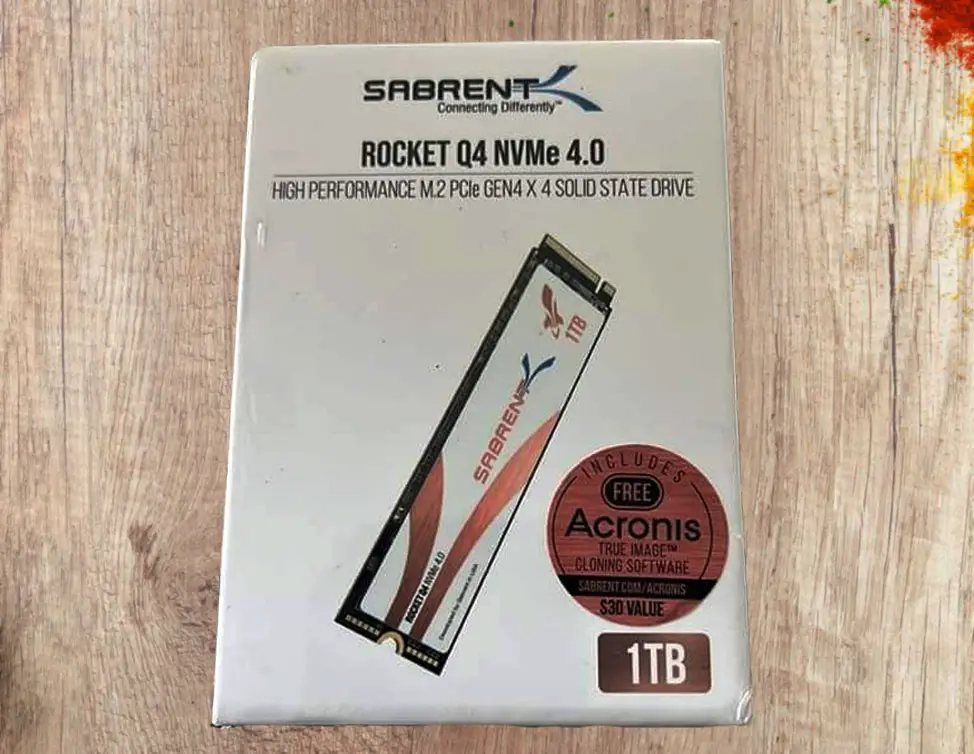Does SSD Size Affect Performance?

Have you ever wondered if the size of your solid-state drive (SSD) affects its performance? If so, you’re not alone. Do many people believe that a larger SSD will result in faster data access and transfers, but is this actually true? Read on to find out!
Is SSD Size Really Affecting the Performance?

When considering the performance of your computer, SSD size is just one factor that impacts its performance. While upgrading to a larger drive may seem enticing, other variables must be considered.
Several factors can affect the performance of a PC:
- Hardware components: The quality and capabilities of the PC’s hardware components, such as the processor, graphics card, and memory, will play a major role in determining its overall performance.
- Operating system and software: The efficiency and optimization of the operating system and the software that runs on it can also affect performance.
- Disk storage: The type of disk storage (HDD or SSD) and the amount of free space on the disk can also affect the performance of a PC. SSDs tend to be faster than HDDs, and having enough free space can also help improve performance.
- Network connectivity: A slow or unreliable network connection can affect the performance of a PC, particularly when accessing online resources.
- Malware or viruses: malware or viruses can slow down a computer by consuming resources and causing errors.
- Power supply: a computer’s power supply is the source of energy for all the components in the computer, and if it doesn’t provide enough power, it can cause the computer to slow down or shut down completely.
- Overheating: If the computer is running hot, this can cause the performance to decrease. This can be caused by dust in the computer, a malfunctioning fan, or poor air circulation.
- Background programs: Having too many programs running in the background can consume resources and affect the performance of a PC.
By keeping the hardware components updated, the software updated, having enough free space, a good network connection, keeping the computer clean of malware, having a good power supply, keeping the computer cool, and limiting the number of background programs running, you can help ensure optimal performance of a PC.
I know you arrived here looking for an answer related to SSDs. Yet if someone who is brand new to computer performance reads this article, they will gain valuable knowledge and not hastily assume that having a larger SSD alone will solve their issues. So if all the other factors are in good order, then let’s proceed!
So does SSD size affect the performance? Yes, but only when combined with other factors. A larger SSD can help improve data access and transfer speeds.
Why Is A Larger SSD Faster?
The larger the SSD, the more NAND chips ranks and channels are available for parallel data transfer, leading to a significantly faster data delivery rate. An SSD (Solid State Drive) with more NAND chips and ranks and more channels available to it results in vastly improved data transfer speeds.
This is because these additional chips and channels enable the processor to read multiple pieces of information simultaneously, thus maximizing efficiency. Additionally, this can also benefit multi-tasking applications as it allows more threads to access data at once.
Furthermore, higher-quality chipsets mean better storage capacity meaning users can store more data without sacrificing transfer speed performance. These features of a bigger SSD thus create an efficient and reliable platform for large-scale data storage and transfer.
The Reasons Why A Bigger SSD Is Beneficial?
When it comes to choosing an SSD for your computer or laptop, the bigger, the better! With a larger solid-state drive, you’ll be able to store more data in one convenient place without sacrificing speed. Larger SSDs also tend to last longer since they are equipped with enhanced error correction abilities that help combat wear and tear. Plus, having a bigger capacity means better performance when multitasking or using intensive applications.
So I can list down the benefits as follows
1) Increased Storage Capacity:
Increases in storage capacity are truly revolutionary for data lovers. With a larger SSD, you can unleash your storage habits, saving a wider variety of files with more space to spare. A larger drive opens up the possibility of saving larger files, like high-resolution videos and even games.
All this extra space offers freedom to express your data needs as they are no longer capped by limited space. Greater storage capacity means less stress on management and organization, allowing users to save things faster and store them longer, no matter what happens more securely than ever before.
Are you a developer and don’t know which SSD size you will need? Read my article regarding How Much SSD Is Required for Programming? Final Verdict or if you are a gamer refer How Much SSD Should You Buy for Gaming?
2) Improved Performance:
Upgrading to a larger SSD drive is one sure way to boost performance. With the increase in capacity comes an accompanying increase in read and write speeds, leading to faster boot times and improved access to stored files. Take a look at the below WD Blue SN 570 NVME SSD ( Will take you to Amazon)

The above SSD comes in 4 capacities. For your reference, I am presenting them to you along with the read-write speed.
| WD Blue | |
|---|---|
| Model | SN570 NVMe |
| Capacity Range | 250GB, 500GB, 1TB, 2TB |
| Read/Write Speed (MB/s) (Differs according to capacity) | 250GB (3300/1200) 500GB (3500/2300) 1TB (3500/3000) 2TB (3500/3500) |
Did you note that when the capacity increases Read/Write speed increases? That’s what I am talking about.
3) Less File Fragmentation
A bigger SSD is less prone to file fragmentation since it has the ability to provide more consecutive sectors, along with greater write speeds. This makes it easier for the drive to store data without having to search for multiple locations on different parts of the disk for different files, which can decrease performance in hard drives.
Also, as an SSD can provide higher write speeds and capacity, this also helps reduce fragmentation due to its larger pool of consecutive sectors available.
Is Free Space Affect The Performance Of an SSD?
In my experience, the amount of free space an SSD has directly impacted its performance. Generally, keep 10-20% unoccupied for optimal utilization. Of course, this is more complex when you have limited storage capacity, such as 120 GB drives.
Flash memory, the type of memory used in SSDs, is organized into pages and blocks. Each page is a small unit of memory that can hold a certain amount of data, and each block is a group of pages. In order to change a single bit of data in a page of flash memory, the entire page must be rewritten.
This is because flash memory stores data in a series of transistors that can be switched on or off to represent a 1 or 0. When a bit needs to be changed, the entire page of transistors must be rewritten to ensure that the new data is stored correctly.
This operation is known as a write operation, requiring free space on the SSD. This is because when a page is rewritten, the new data must be temporarily stored in a different location on the SSD before it can be written to the original page. If there is insufficient free space on the SSD, the write operation will fail, and the data will not be updated. This is why it is important to have some free space on an SSD to ensure that write operations can be performed smoothly.
I talked about this topic in-depth in Does SSD Free Space Affect Performance?
Furthermore, flash memory cells have a limited number of writes. This means that if a page is rewritten too many times, it will eventually wear out and become unusable. To prolong the lifespan of an SSD, it is important to minimize the number of write operations. This is because when an SSD is full, the controller will start to overwrite old data with new data, which will increase the number of write operations and reduce the lifespan of the SSD.
So if you have a smaller capacity SSD like 120GB, you are limited by space you can use to write your data. Allocating the necessary space for your programs while still ensuring that there is some extra room available can be difficult when contending with limited space.
So the solution is to go for a larger capacity SSD. Not only will it perform better, but it also ensures that your data can be safely stored without any risk of errors due to insufficient free space. Ultimately, a larger-capacity SSD is the best choice for an optimal user experience and the longevity and reliability of your device.
SSD capacity ranges
When it comes to choosing the right kind of solid-state drive (SSD) capacity, there’s a wide array available to select from. Today you can find SSDs ranging from 120GB all the way up to 8TB, providing plenty of capacity depending on your needs.
If you are looking for SATA SSD, a brand like SAMSUNG 870 QVO comes with 1TB,2TB,4TB, and 8TB capacities.

If you are looking for NVME SSDs, a brand like Sabrent Rocket Q4 NVMe comes with 1TB, 2TB, 4TB ranges.

If you’re a casual user who doesn’t plan on storing much data, then something in the lower range, such as 120-240GB, should suffice for your everyday needs. But I highly recommend go for a higher SSD.
However, if more storage is necessary for larger photo albums, multiple video projects, and large files – then an SSD with higher storage should be considered, like one measuring 500-1000GB or more. It all depends on what kind of content you’d like to store, and having additional space is always a plus when working with digital media.

